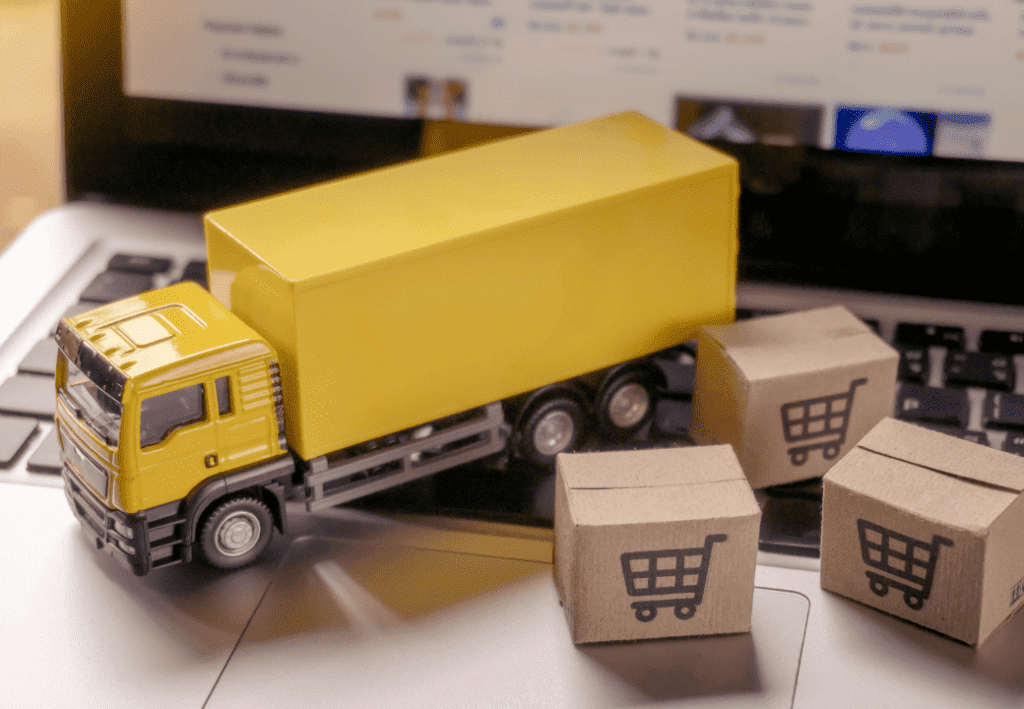Creating special events to boost sales is not a new concept. With fairs, events or in-store promotions, retailers already encouraged customers to go out of their way to get a good deal. Events like Black Friday, Christmas, sales or Valentine’s Day were created before Internet. They were therefore already busy moments for retailers and carriers. However, with households increasingly connected to the Internet, online sales have soared.
In France alone, e-commerce sales jumped from €57 billion in 2014 to nearly €130 billion in 2021 according to FEVAD, a tremendous growth of over 128% in 7 years! The COVID-19 health crisis was a real turning point for the logistics industry. Shoppers have become accustomed to the convenience and comfort of home shopping and delivery. With the sanitary restrictions, service sales have declined in favor of product sales, requiring more shipping needs. Given this success, the number of e-commerce websites has increased by 12% in 2021 compared to 2020, with an average of 27,000 new e-commerce websites per year, which means as many new potential customers for courier companies.

